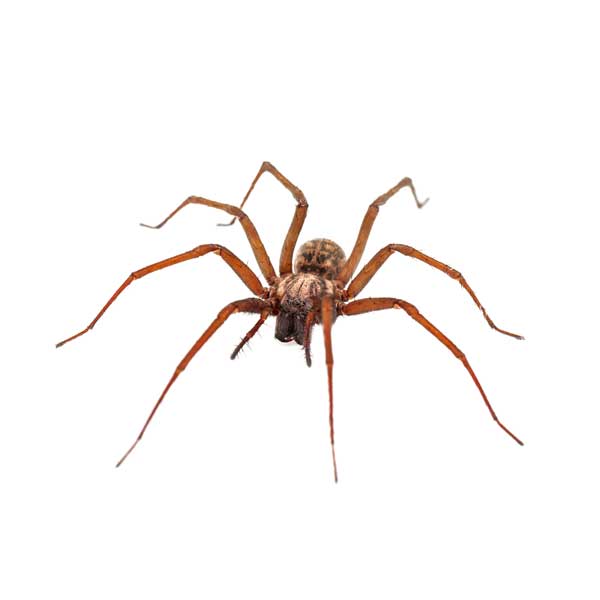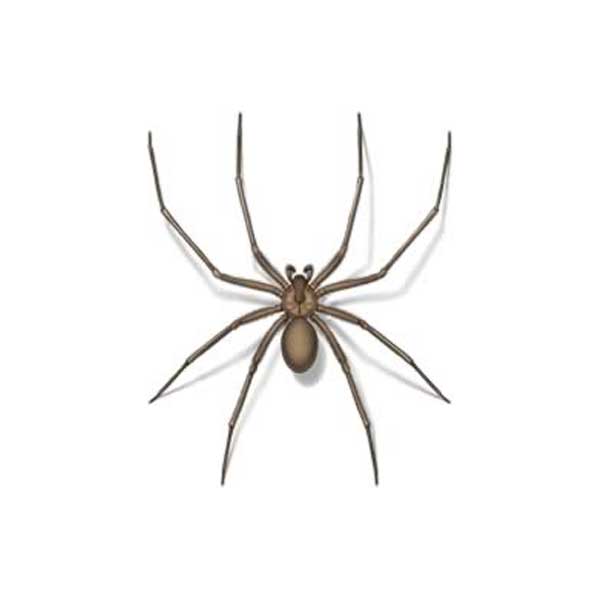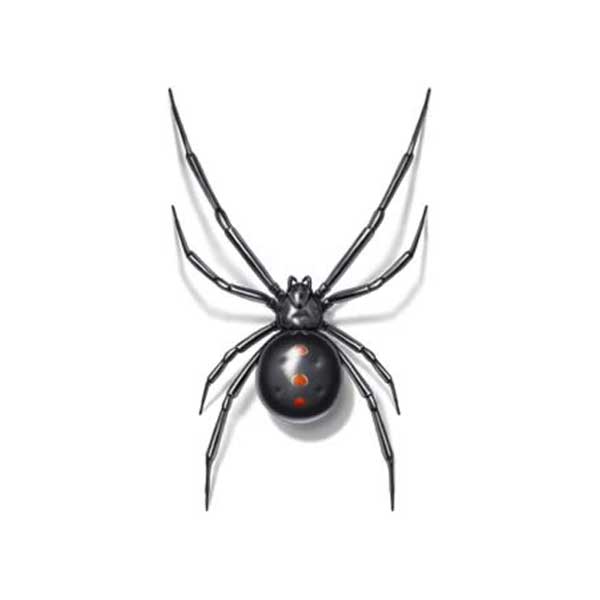Description
As the name of the house spider suggests, they are a common species of spider that is found in homes throughout the world. The house spider enters houses and other structures like garages, sheds, and barns to find food sources. Once inside, the spider will build, abandon, and re-build webs to catch their prey. House spiders can most often be found building webs in the dark corners of homes in places like basements, attics, closets, and underneath furniture.
Biology And Behavior
- House spiders are yellowish-brown with an off-white colored abdomen.
- They have distinctive dark stripes that meet at an angle in a chevron-like pattern.
- House spiders range from 1/8th to 5/16th of an inch in length; females are larger than males.
- House spiders are nuisance pests; they do not cause any physical threats to humans.
House Spider Prevention Tips
- Keep humidity levels in your home low. House spiders need higher humidity levels to survive inside buildings.
- Trim back trees, bushes, and other landscaping away from the exterior of your home. Spiders can hide in overgrown landscaping and use branches to gain access into homes.
- Inspect your home’s foundation and seal any cracks or crevices that you find.
- Caulk or seal gaps found around exterior windows and doors.
- Make sure that exterior doors have door sweeps installed.
- Maintain year-round residential pest control services to limit other insects and pests that they may use as a food source.


